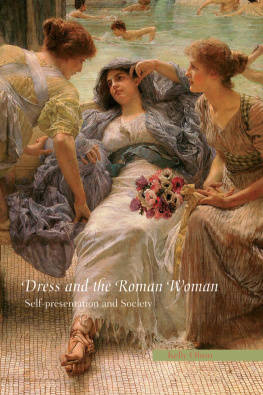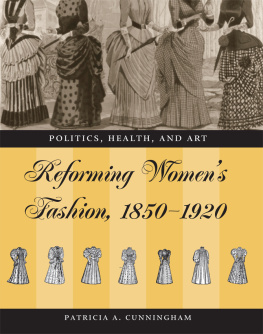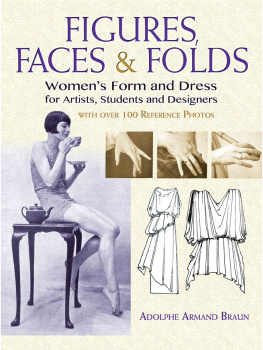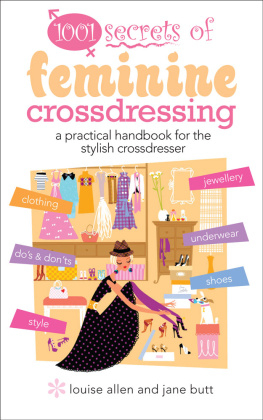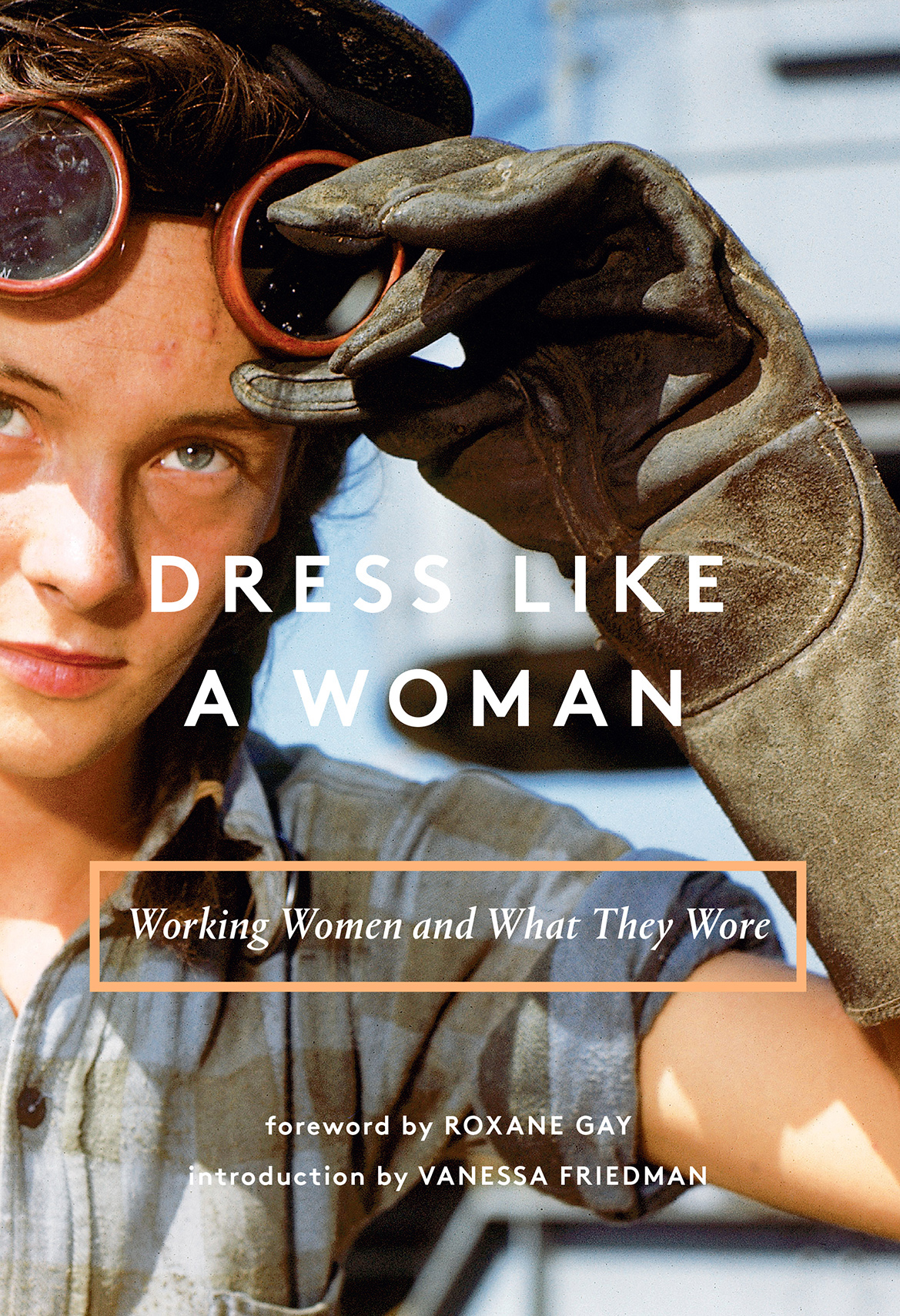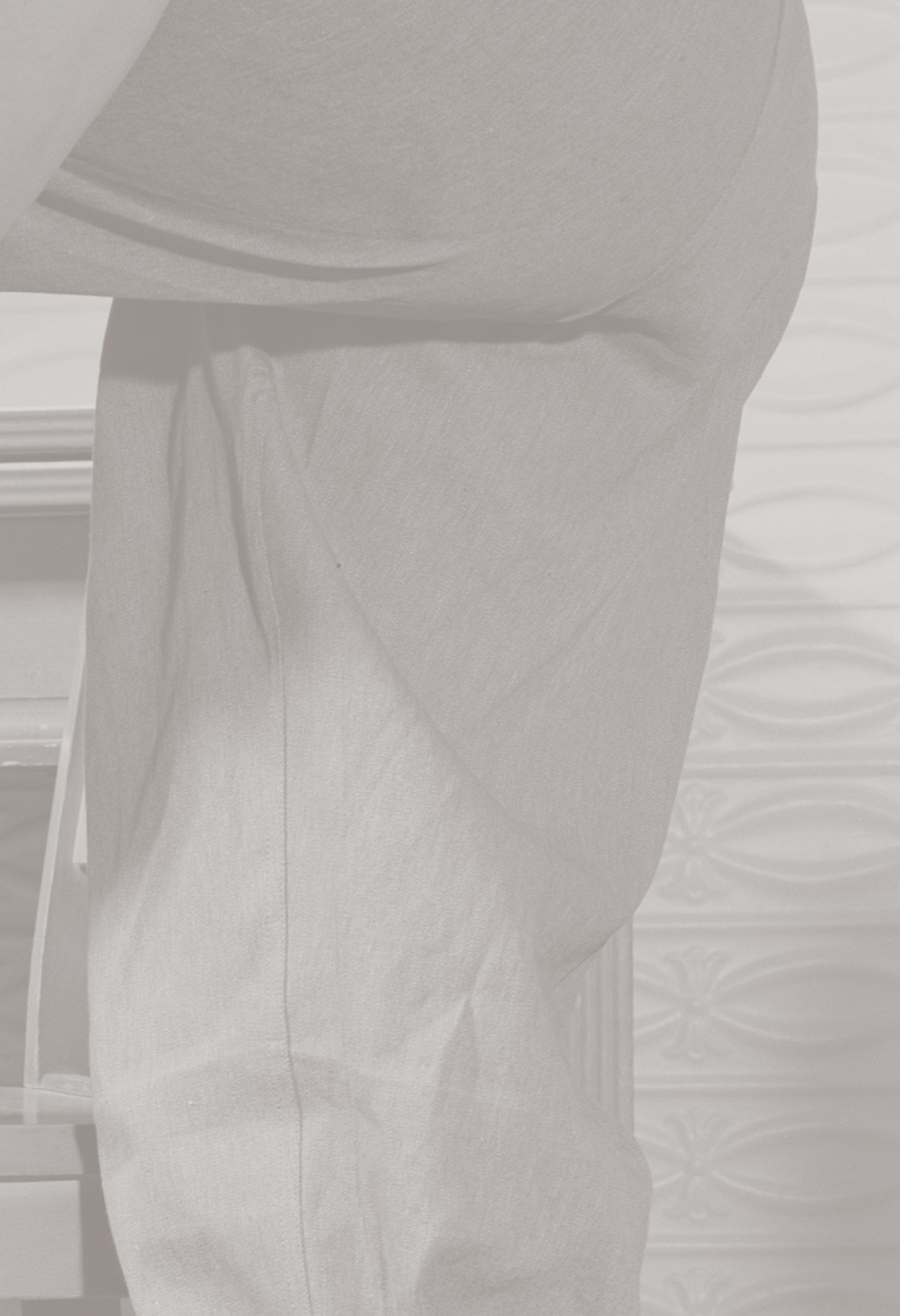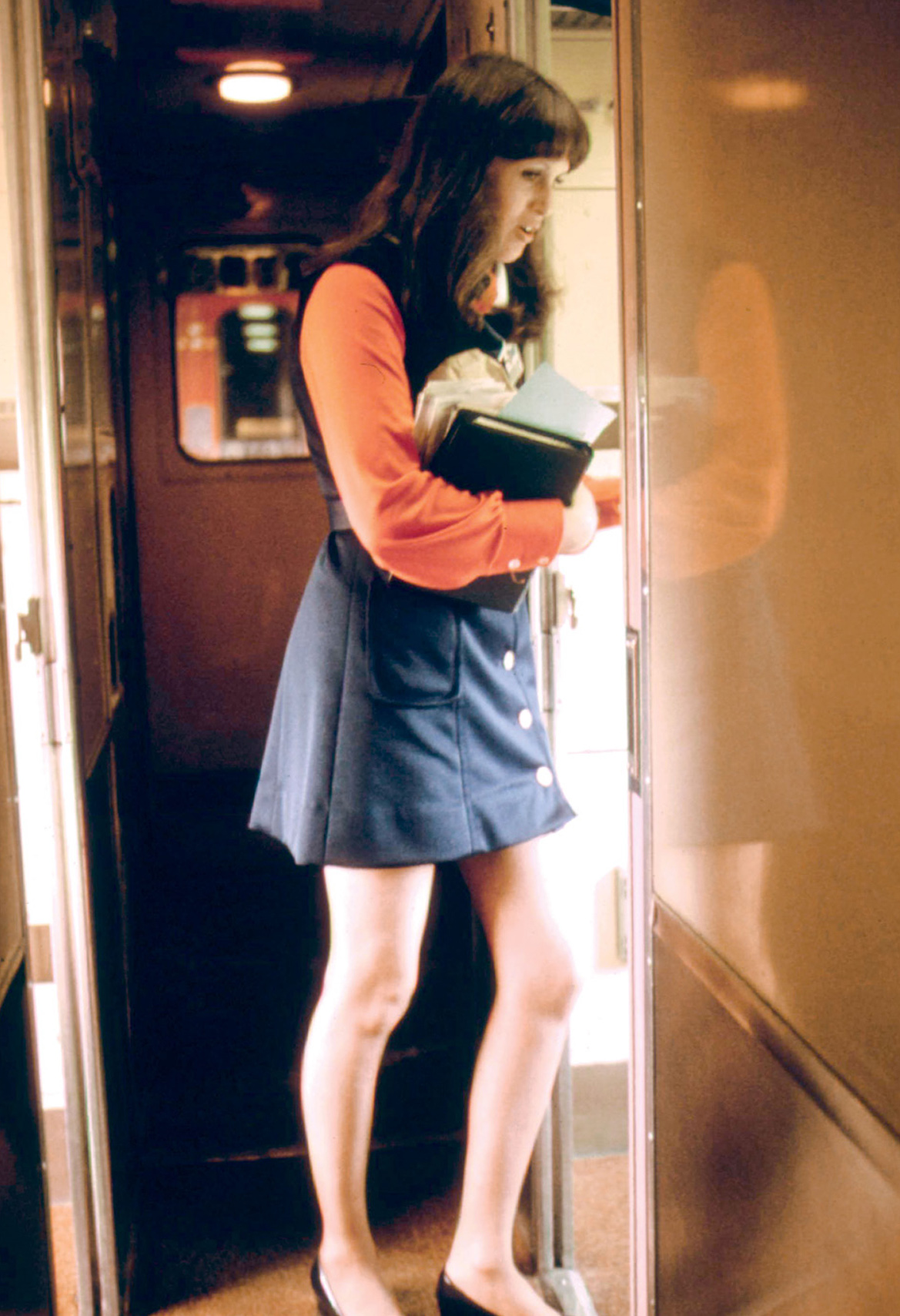Sarah Massey - Dress Like a Woman: Working Women and What They Wore
Here you can read online Sarah Massey - Dress Like a Woman: Working Women and What They Wore full text of the book (entire story) in english for free. Download pdf and epub, get meaning, cover and reviews about this ebook. year: 2018, publisher: Abrams, genre: Romance novel. Description of the work, (preface) as well as reviews are available. Best literature library LitArk.com created for fans of good reading and offers a wide selection of genres:
Romance novel
Science fiction
Adventure
Detective
Science
History
Home and family
Prose
Art
Politics
Computer
Non-fiction
Religion
Business
Children
Humor
Choose a favorite category and find really read worthwhile books. Enjoy immersion in the world of imagination, feel the emotions of the characters or learn something new for yourself, make an fascinating discovery.

- Book:Dress Like a Woman: Working Women and What They Wore
- Author:
- Publisher:Abrams
- Genre:
- Year:2018
- Rating:5 / 5
- Favourites:Add to favourites
- Your mark:
Dress Like a Woman: Working Women and What They Wore: summary, description and annotation
We offer to read an annotation, description, summary or preface (depends on what the author of the book "Dress Like a Woman: Working Women and What They Wore" wrote himself). If you haven't found the necessary information about the book — write in the comments, we will try to find it.
A woman can be a firefighter, surgeon, astronaut, military officer, athlete, judge, and scientist. So what does it mean to dress like a woman?
Dress Like a Woman turns that question on its head by sharing a myriad of interpretations across history. The book includes more than 240 incredible photographs that illustrate how womens roles have changed over the last century. The women pictured in this book inhabit a fascinating intersection of gender, fashion, politics, culture, class, nationality, and race. Youll see some familiar faces, including trailblazers Shirley Chisholm, Amelia Earhart, Angela Davis, Georgia OKeeffe, and Michelle Obama, but the majority of photographs are of ordinary working women from many backgrounds and professions. Pioneering scientists and mathematicians, leading civil rights and feminist activists, factory workers and lumberjacks, stay-at-home moms and domestic workers, and artists and musicians; all express their individual style and dress to get the job done.
With essays by renowned fashion writer Vanessa Friedman and New York Times bestselling author Roxane Gay, Dress Like a Woman offers a comprehensive look at the role of gender and clothing in the workplaceand proves that theres no single way to dress like a woman.
Sarah Massey: author's other books
Who wrote Dress Like a Woman: Working Women and What They Wore? Find out the surname, the name of the author of the book and a list of all author's works by series.

